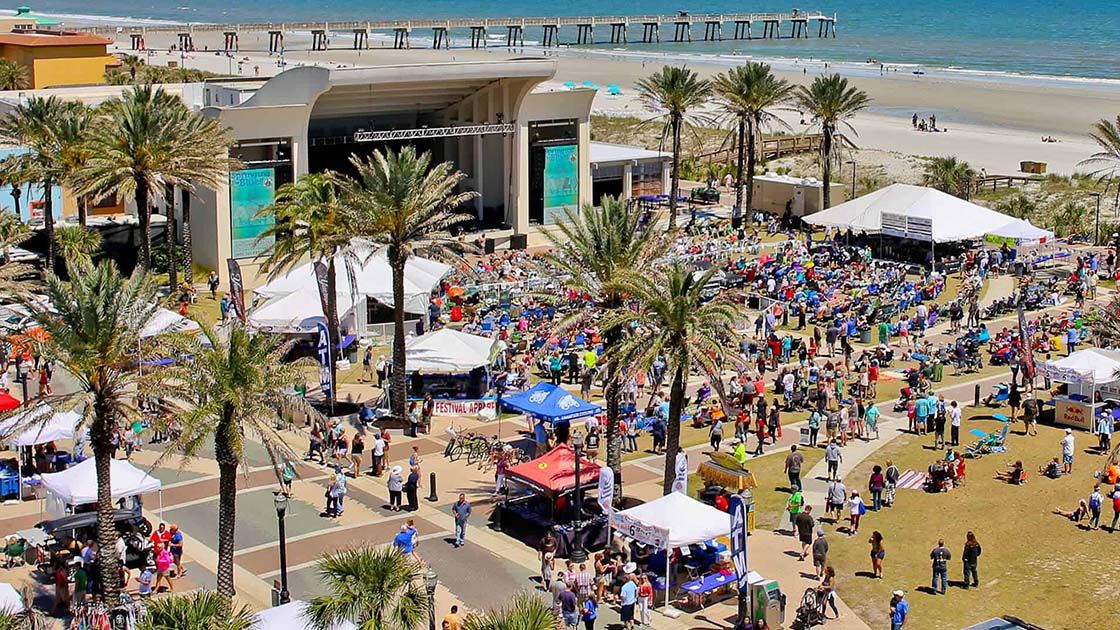
Unveiling the Coastal Charms: A Brief History of Jacksonville Beach
Nestled along Florida’s enchanting Atlantic coastline, Jacksonville Beach is a picturesque destination that blends a rich history with modern coastal charm. As you soak up the sun and the sea breeze during your luxury vacation, take a moment to delve into the captivating history that has shaped this coastal gem.
Early Inhabitants
Long before Jacksonville Beach was known for its pristine shores and vibrant community, the area was inhabited by indigenous people for thousands of years. The Timucua tribe, one of the prominent Native American groups in Florida, called this region home. They thrived on fishing, hunting, and gathering along the fertile shores and lush marshes.
The Arrival of Europeans
The first European explorer to set foot on these shores was the legendary French explorer Jean Ribault in 1562. He and his crew planted a stone marker known as the “Pierre,” claiming the land for France. However, European colonization in the area didn’t truly begin until the Spanish established Fort San Mateo in the late 16th century. The fort served as a strategic outpost to defend Spanish Florida against French incursions.
The Founding of Pablo Beach
The modern history of Jacksonville Beach truly began in the late 19th century when a group of visionaries saw the potential of this coastal paradise. In 1883, developer William Edward Scull, along with other investors, founded a seaside resort town known as “Ruby,” which was later renamed “Pablo Beach.” The name “Pablo” was derived from the San Pablo River, which flows into the Atlantic Ocean near the town.
The Railway Connection
Pablo Beach’s transformation into a bustling resort town was accelerated by the arrival of the Florida East Coast Railway in the early 20th century. This railway connection made it easier for tourists to reach the beautiful beaches and experience the refreshing sea air.
The “Jax Beach” Era
In 1925, the towns of Pablo Beach, Jacksonville Beach, and Neptune Beach were consolidated into the city of Jacksonville Beach. This merger marked the beginning of the “Jax Beach” era, bringing together the communities along the coast under one vibrant banner.
The Beaches’ Role in World War II
During World War II, the beaches played a significant role in the war effort. The military established the Mayport Naval Base and Naval Air Station Jacksonville nearby, boosting the local economy and drawing attention to the area.
Modern-Day Jacksonville Beach
Today, Jacksonville Beach is a thriving coastal community with a rich history that is celebrated by its residents and visitors alike. The city’s charming downtown area offers a mix of modern amenities and historic landmarks, making it a delightful destination for tourists seeking both relaxation and cultural exploration.
From its indigenous roots to its role in European exploration, the development of a seaside resort town, and its contributions during World War II, Jacksonville Beach has a layered history that adds depth and character to its sun-kissed shores. As you enjoy the luxury of your vacation here, take a moment to appreciate the legacy of this coastal gem, where history meets the sea in perfect harmony.